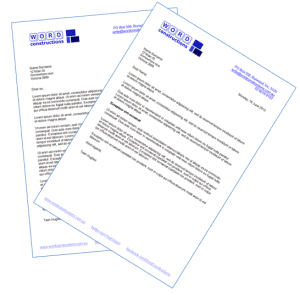Saving time in blogging
Upfront let me say that I don’t think blog posts should be about a quick job just for traffic – a blog is a means of communication with the best blog posts having been considered and offering value to the readers.
[Tweet “a blog is a means of communication with the best blog posts having been considered and offering value to the readers”]
However, there are certainly times when getting a post or two out fast is helpful or even necessary. For instance, if you’re writing a group of posts to cover an absence, a client has given you a rush job, or you’re writing guest blog posts and forgot to write your own, then a quick-to-write post is better than no post at all.
Quick blog post tips
So here are some tips on putting together some quicker posts without making low quality posts no one would ever want to read!)
- make a list of related posts you’ve written in the past. This still takes time but you don’t have to think of a topic or plan your words. It also helps linking within your blog and can be very handy for a reader looking for that topic. Regular readers may be less impressed, however, if this is a big deviation from normal or they have just read those posts anyway. There are plugins that can help you manage this, too.
- Delegate various tasks to your team or outsource to someone else (a VA or ghost writer for example)
- prepare a list of quotes or stories that you can post quickly as needed. An inspiring quote can create an interesting post by itself, or you can use it as the starting point of a discussion
- keep a list of blog post ideas – a notepad, computer document or private blog post can be a handy reference point. It still takes time to write posts but it does save time if you don’t have to think of topics first
- Split a long blog post. If your current post is turning out to be very long, splitting it up gives you multiple posts and also is probably easier for people to read and comprehend
- get someone else to write the posts! Hiring a ghost writer is covered by point 2, but your other option is to use guest bloggers. This will definitely save your writing time but may take a fair amount of time depending on how you set up the arrangement.
- make some set blogging times each fortnight or month and write multiple posts in that time. It saves time to write a few posts at once because you have the program open and are in the right mindset. I like to have the occasional big writing session and schedule a post a week for as many weeks as I can manage so that I know I have posts coming up even if I’m unable to write for a few days. Alternatively, have a series of posts written and upload or schedule them at those times you really need to save time.
- look at some plugins as they can automate things to make life easier, depending on what you do with your blog. For example, I use subscribe2 to enable people to sign up for an email each time I post (rather than having to send an email myself) and leenk.me to tweet new posts to my twitter profile











Recent Comments